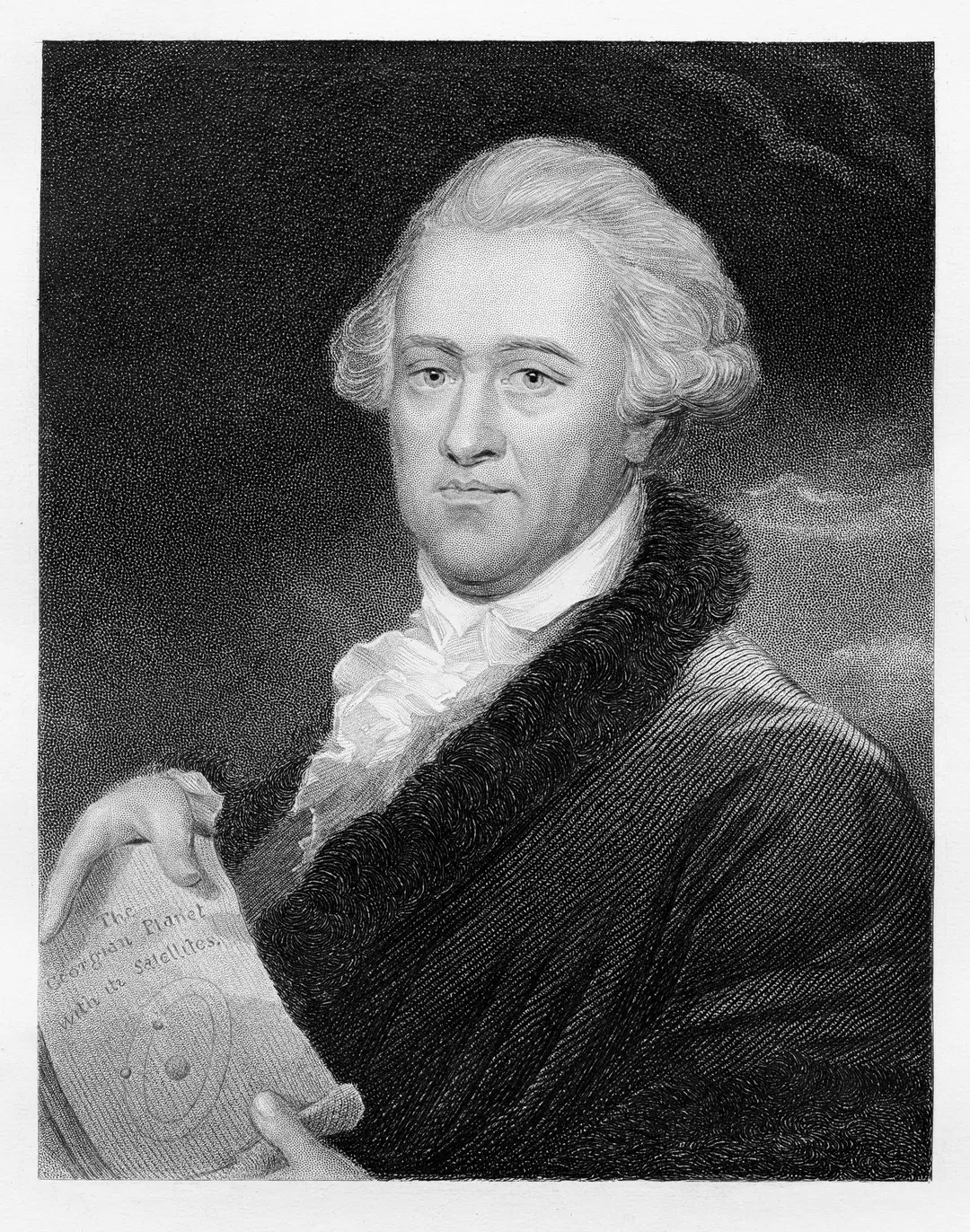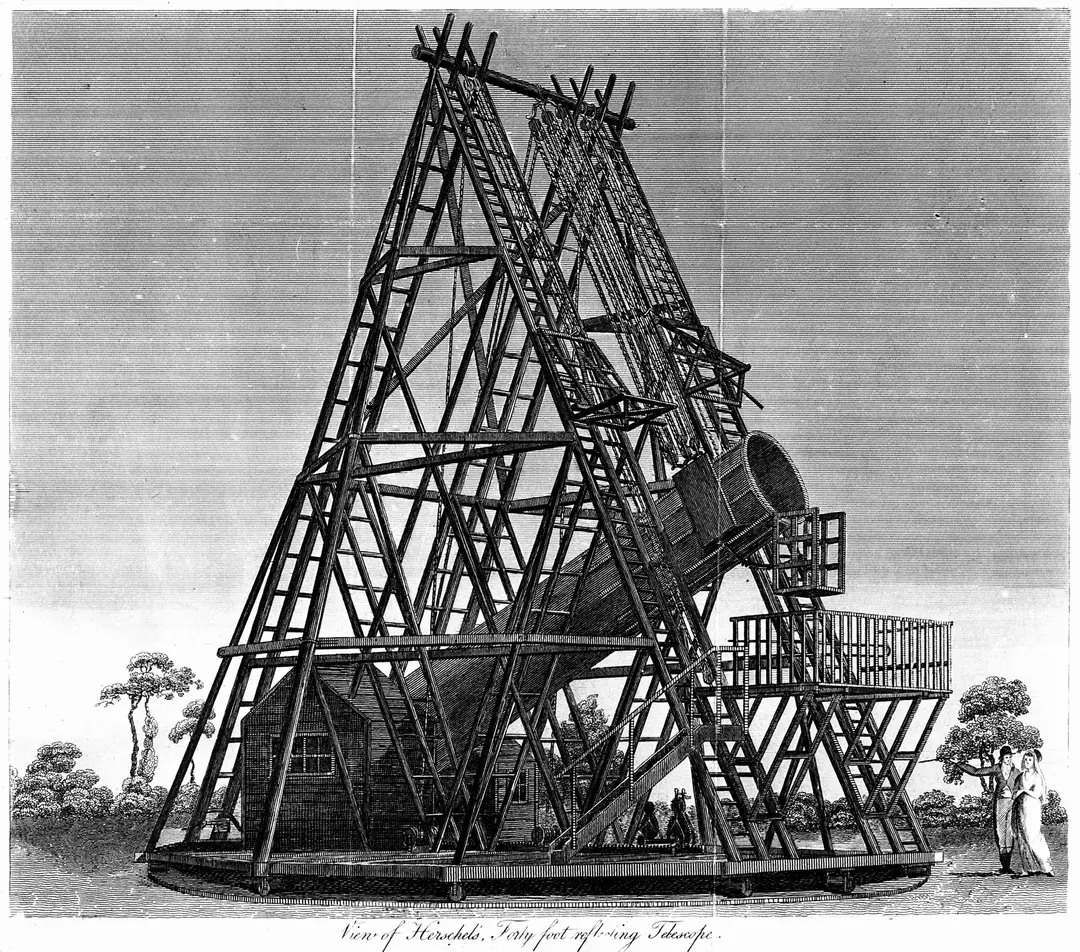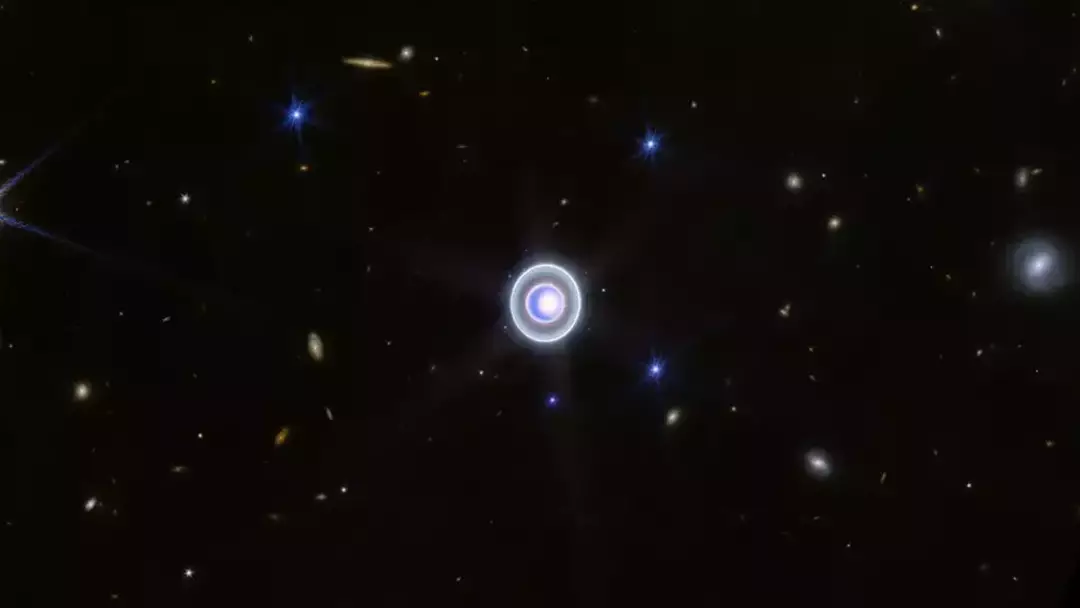Many are just now learning that Uranus had a completely different name when it was first discovered.
The planet, found in 1781, is famous for its striking icy rings and its name that often elicits laughter.
In 2023, NASA released stunning new images of this well-loved celestial body, capturing the attention of space aficionados.
This evening (Friday, November 21), Uranus will be a spectacle in the night sky as it reaches opposition.
This event means Uranus is perfectly aligned with the Earth and the Sun, making it appear brighter and larger than usual.
In fact, Uranus will be visible to the naked eye—quite thrilling!
It may be hard to imagine this blue-green ice giant by any other name than Uranus.

However, its initial name, considered too controversial by some astronomers, did not gain popularity.
William Herschel, a German-British composer and scientist, discovered Uranus on March 13, 1781, using his 40-foot Newtonian reflector telescope.
At the time, it was the largest and most powerful telescope globally.
Built in 1789, Herschel had received grants amounting to £4,000 (around $5,230) from King George III.
Today, that sum would be worth significantly more, an impressive £533,524, or $698,000.
With this in mind, Herschel wanted to honor the king who had aided him in discovering Uranus.
Thus, he initially named the planet after the king, albeit in a different form.

NASA notes that Herschel dubbed it ‘the Georgium Sidus,’ Latin for George’s Star.
It may not sound controversial, but it certainly was…
The name George led to disputes and confusion within the space community.
For one, it didn’t follow the customary naming convention for planets, which typically involves names from Greek or Roman mythology. Furthermore, the name incorrectly identified it as a star.
As a result, the name George fell out of favor, paving the way for the name we recognize today.
NASA points out that the German astronomer Johann Elert Bode was the first to propose the name Uranus.

“Uranus is the ancient Greek deity of the Heavens, the earliest supreme god,” NASA stated, noting that the name became widely used by 1850.
Royal Museums Greenwich mentions that in Roman mythology, Uranus’ counterpart, Caelus, is the father of Saturn, who in turn is the father of Jupiter.
According to NASA, most new celestial discoveries today are cataloged by numbers or named after the observatories that discover them. These names require official approval from the International Astronomical Union (IAU), the entity authorized to assign names to planets, stars, and other space objects.
Fascinating, isn’t it?

